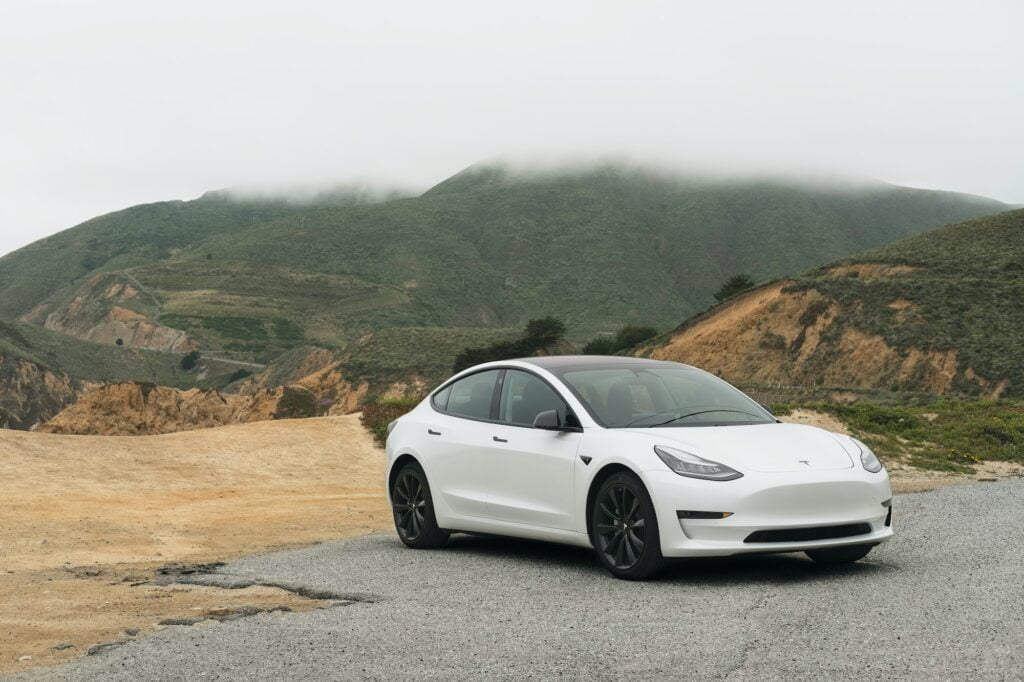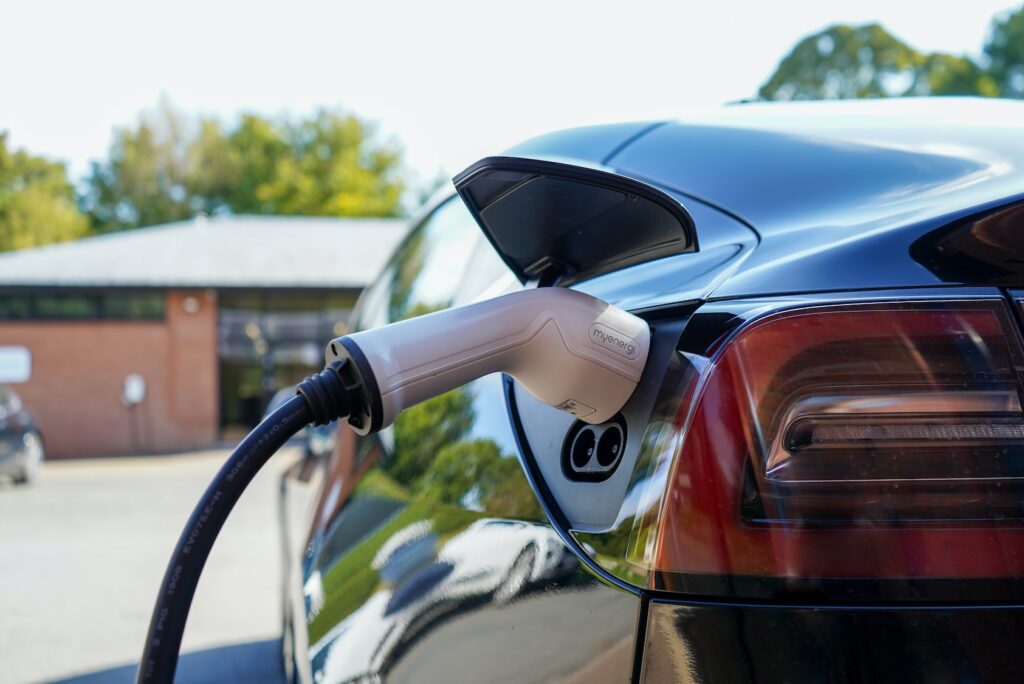As concerns about climate change and environmental pollution continue to grow, adopting eco-friendly transportation methods has become increasingly important. By choosing sustainable modes of transportation, we can significantly reduce our carbon footprint and contribute to a greener future. This article will explore various eco-friendly transportation options, including cycling, carpooling, and electric vehicles, and discuss their benefits and considerations.

Cycling: A Healthy and Environmentally Friendly Alternative
Cycling is one of the most environmentally friendly and healthy modes of transportation. By cycling instead of using a car, you can drastically reduce your carbon emissions, improve air quality, and reduce traffic congestion. Cycling offers numerous health benefits, such as improved cardiovascular fitness, weight management, and stress reduction.
Choosing the Right Bike
Selecting the right bike for your needs and preferences is crucial for a comfortable and enjoyable cycling experience. Various types of bicycles are available, including road, mountain, hybrid, and electric bikes. Consider your cycling experience, intended use, terrain, and budget when choosing a bike.
Safety Tips for Cyclists
Safety is a primary concern for cyclists, particularly in urban environments. Here are some tips for staying safe while cycling:
- Wear a helmet: A properly fitted helmet can significantly reduce the risk of head injuries in the event of an accident.
- Use lights and reflectors: Ensure your bike is equipped with front and rear lights and reflectors to increase your visibility to other road users.
- Follow traffic rules: Obey traffic signals, signs, and road markings, and always signal your intentions when turning or changing lanes.
- Be aware of your surroundings: Stay alert to potential hazards, such as parked cars, pedestrians, and other cyclists, and maintain a safe distance from vehicles.
- Plan your route: Choose routes with dedicated bike lanes or low-traffic streets whenever possible to minimize your exposure to motor vehicles.

Carpooling: Reducing Carbon Emissions and Saving Money
Carpooling is another eco-friendly transportation option that can significantly reduce your carbon footprint, save money, and alleviate traffic congestion. By sharing rides with others, you can decrease the number of vehicles on the road, reducing greenhouse gas emissions and air pollution.
Benefits of Carpooling
In addition to its environmental benefits, carpooling offers numerous advantages for both drivers and passengers, including:
- Cost savings: Sharing fuel and parking expenses can lead to significant savings for all carpool participants.
- Reduced stress: Carpooling can help alleviate the stress associated with driving, particularly during peak traffic hours.
- Socializing: Carpooling allows you to meet new people, network, and socialize during your commute.
- Priority access: In some areas, carpoolers can take advantage of High Occupancy Vehicle (HOV) lanes, which can help reduce travel time.
Carpooling Apps and Platforms
Several carpooling apps and platforms can help you find and organize carpool groups, such as BlaBlaCar (iOS – Android). These services enable users to connect with others who share similar routes and schedules, making it easier to coordinate carpooling arrangements.

Electric Vehicles: A Cleaner and Greener Transportation Solution
Electric vehicles (EVs) are an increasingly popular and environmentally friendly alternative to traditional gasoline-powered vehicles. Powered by electricity stored in a battery pack, EVs produce zero tailpipe emissions, contributing to cleaner air and reduced greenhouse gas emissions.
Types of Electric Vehicles
There are several types of electric vehicles available on the market, including:
- Battery Electric Vehicles (BEVs): BEVs are fully electric vehicles that rely solely on battery power and do not have a gasoline engine. Examples include the Tesla Model 3, Nissan Leaf, and Chevrolet Bolt.
- Plug-in Hybrid Electric Vehicles (PHEVs): PHEVs have both an electric motor and a gasoline engine, allowing them to run on electricity for short distances and switch to gasoline for longer trips. Examples include the Toyota Prius Prime, Chevrolet Volt, and Ford Fusion Energi.
- Hybrid Electric Vehicles (HEVs): HEVs combine a gasoline engine with an electric motor to improve fuel efficiency. However, they cannot be plugged in to charge and do not offer a purely electric driving mode. Examples include the Toyota Prius, Honda Insight, and Ford Fusion Hybrid.
Charging Electric Vehicles
Charging your electric vehicle is an essential aspect of EV ownership. There are three primary levels of EV charging:
- Level 1 charging: This method uses a standard 120-volt household outlet and typically provides 2 to 5 miles of electric range per hour of charging. Level 1 charging is suitable for overnight charging at home or for topping up your battery during the day.
- Level 2 charging: Level 2 charging requires a 240-volt outlet and provides 10 to 60 miles of electric range per hour of charging. Many public charging stations and some homes offer Level 2 charging, which is significantly faster than Level 1.
- DC Fast Charging: Also known as Level 3 charging, DC Fast Charging stations can provide 60 to 100 miles of electric range in just 20 to 30 minutes. These stations are typically located along highways and major travel routes to facilitate long-distance EV travel.
Benefits and Considerations of Electric Vehicles
While electric vehicles offer numerous benefits, there are also some considerations to keep in mind:
- Lower operating costs: EVs are generally cheaper due to lower fuel costs and reduced maintenance expenses, as they have fewer moving parts and do not require oil changes.
- Environmental benefits: EVs help improve air quality and reduce greenhouse gas emissions by producing zero tailpipe emissions. Additionally, their environmental impact can be reduced by using renewable energy sources to charge the battery.
- Government incentives: Many countries offer financial incentives for EV ownership, such as tax credits, rebates, and reduced registration fees.
- Limited range and charging infrastructure: Depending on the model, some electric vehicles may have a limited driving range, which can be a concern for long trips. Additionally, the availability of charging stations varies by region, which may require careful route planning for long-distance travel.

Wrapping Up
Eco-friendly transportation options such as cycling, carpooling, and electric vehicles significantly benefit the environment and personal well-being. By adopting these sustainable transportation methods, we can reduce our carbon footprint, save money, and contribute to a healthier, greener future. As technology advances and sustainable practices become widespread, we expect to see more innovative and environmentally friendly transportation solutions emerge.


